Occupation Priest Name Jose Burgos | Role Priest | |
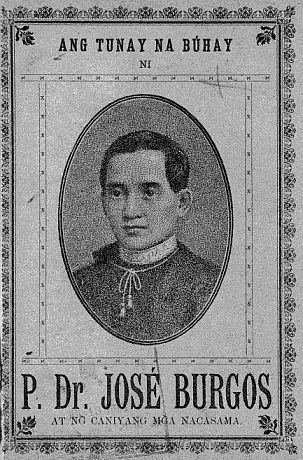 | ||
Full Name Jose Apolonio Burgos y Garcia Parents Florencia Garcia, Jose Tiburcio Burgos Similar Jacinto Zamora, Pedro Pelaez, Marcelo H del Pilar Died February 17, 1872 (aged 35) Bagumbayan, Manila, Captaincy General of the Philippines, Spanish Empire Nationality Filipino Denomination Roman Catholic | ||
Jose burgos kenny bobien i need you jose burgos remix
José Apolonio Burgos y García was a Filipino Catholic priest, accused of mutiny by the Spanish colonial authorities in the Philippines in the 19th century. He was placed in a mock trial and summarily executed in Manila along with two other clergymen.
Contents
- Jose burgos kenny bobien i need you jose burgos remix
- History of Iglesia
- Early life
- Contributions
- Secret Society of Reformers
- Trial and Death
- Influence
- In popular culture
- References
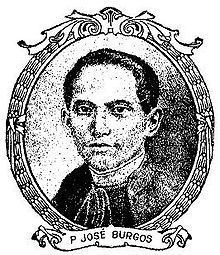
History of Iglesia...
Early life
Jose Burgos, baptized Jose Apolonio Burgos y García, was born in Vigan, Ilocos Sur on February 9, 1837 to a Spanish officer, Don José Tiburcio Burgos, and a mestiza mother named Florencia García. He obtained three undergraduate degrees with honors, two master's degrees and two doctorate degrees from the Colegio de San Juan de Letran and from the University of Santo Tomas. He conducted his first mass in the Intramuros.
Contributions
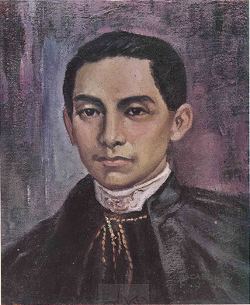
Burgos' nationalist views, codified in editorial essays, championing political and ecclesiastic reforms in favor of empowering more native clergymen, made him a target of opposition to civil authorities.
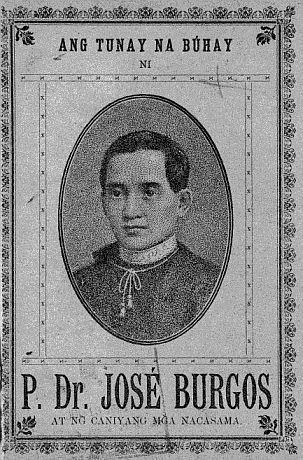
In 1864, an anonymous pamphlet was published in Manila, criticizing the prejudice in the Church, and providing rebuttals against several canards against the native clergy. Although the document was unsigned, historians believe the author to be Burgos, based on its style and content. Burgos also penned several signed articles later in his life, in response to a series of anonymous written attacks on the Filipino clergy. Though Burgos offered few new ideas, his name caught the attention of Spanish authorities, who would report that the native clergy was becoming separatist.

In 1869, Felipe Buencamino, a young student and an acquaintance of Burgos, was charged with spreading nationalist propaganda in the form of leaflets scattered throughout his school's campus, demanding academic freedom. This accusation was given credence by a protest he staged several months prior, against being required to speak Latin in the classroom. Consequently, Buencamino and some of his associates were sent to jail. With the aid of Burgos, Buencamino was freed four months later, only to be told that having missed school for four months, he would have to find a tutor who would help him make up for the classes he missed. Buencamino chose Burgos.

By this time, Burgos had garnered recognition as an advocate for the native clergy, engaging in discussions that not only addressed the rights of local priests but also broached the broader issues of race and nationalism. His well-known stance on these matters ultimately led to his association with a mutiny in Cavite.
Secret Society of Reformers

José Burgos was a member of a confraternity, which met in the Santa Cruz home of Father Mariano. It was presided over by José María Basa, and included Agustín Mendoza, Máximo Paterno, and Ambrosio Rianzares Bautista. The group's goal was to seek reforms, listed in Eco de Filipinas, which was published in Madrid.
Trial and Death
After the Cavite Mutiny on January 20, 1872, the trial of mutineer sergeant Bonifacio Octavo revealed that a man named Zaldua had been recruiting people for an uprising. Octavo testified that this man claimed to be under the orders of Burgos, but inconsistent details during Octavo's cross-examinations called into question the validity of his testimony. Nevertheless, governor-general Rafael Izquierdo reported to Madrid that the testimony had confirmed his suspicions, and pinned the blame on Burgos and two other priests, Jacinto Zamora and Mariano Gómez, for sedition.
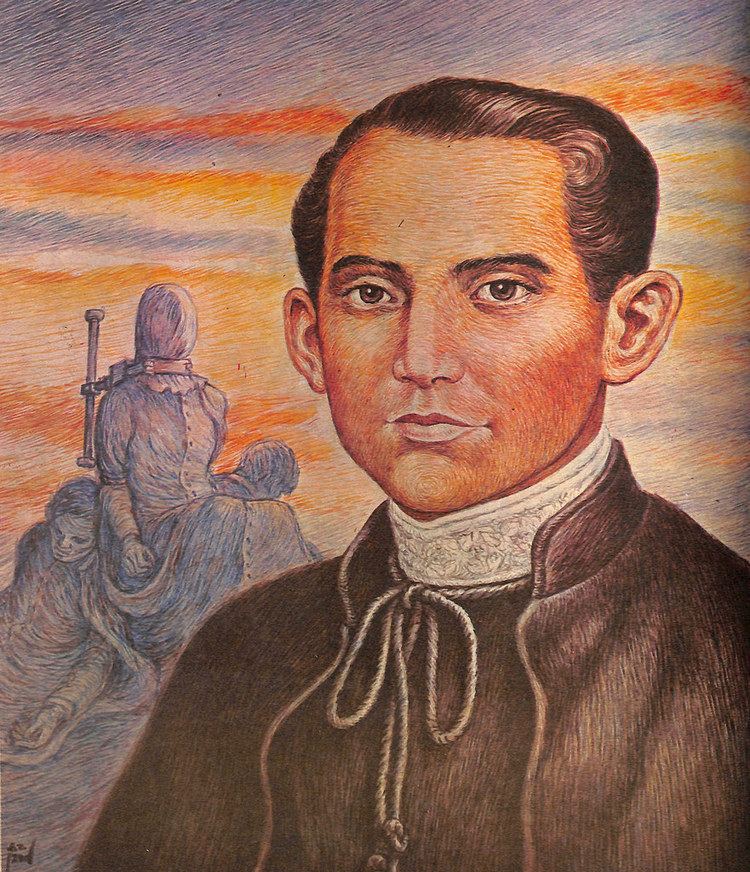
The three were underwent a tribunal amidst a list of dubious charges and false witnesses, and where their own lawyers double-crossed them. On February 17, 1872, they were garroted in the middle of Bagumbayan field (now Luneta Park).
Influence
Burgos was a close friend and associate of Paciano Rizal, José Rizal's older brother and mentor. Burgos's execution - along with Gómez's and Zamora's - deeply affected José, who was inspired to write his second novel, El Filibusterismo.
Several towns in the Philippines were named in his honor. These include:
